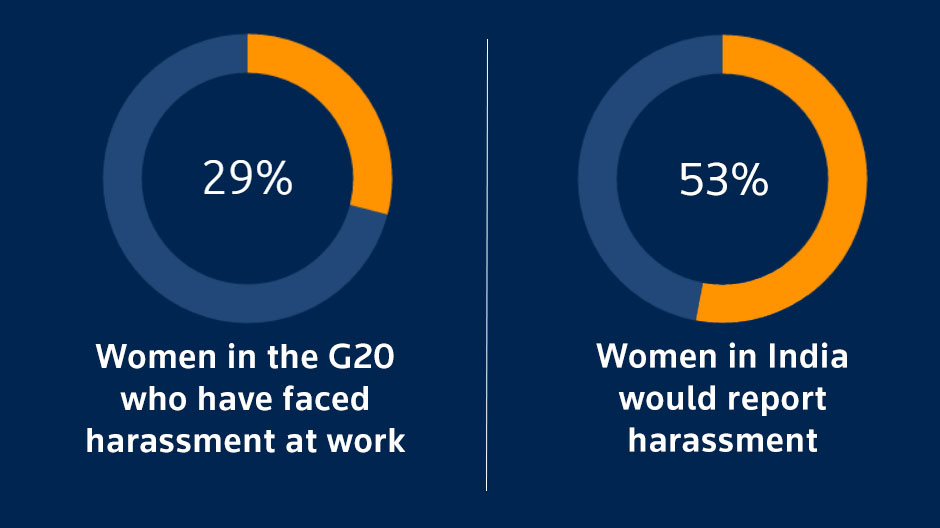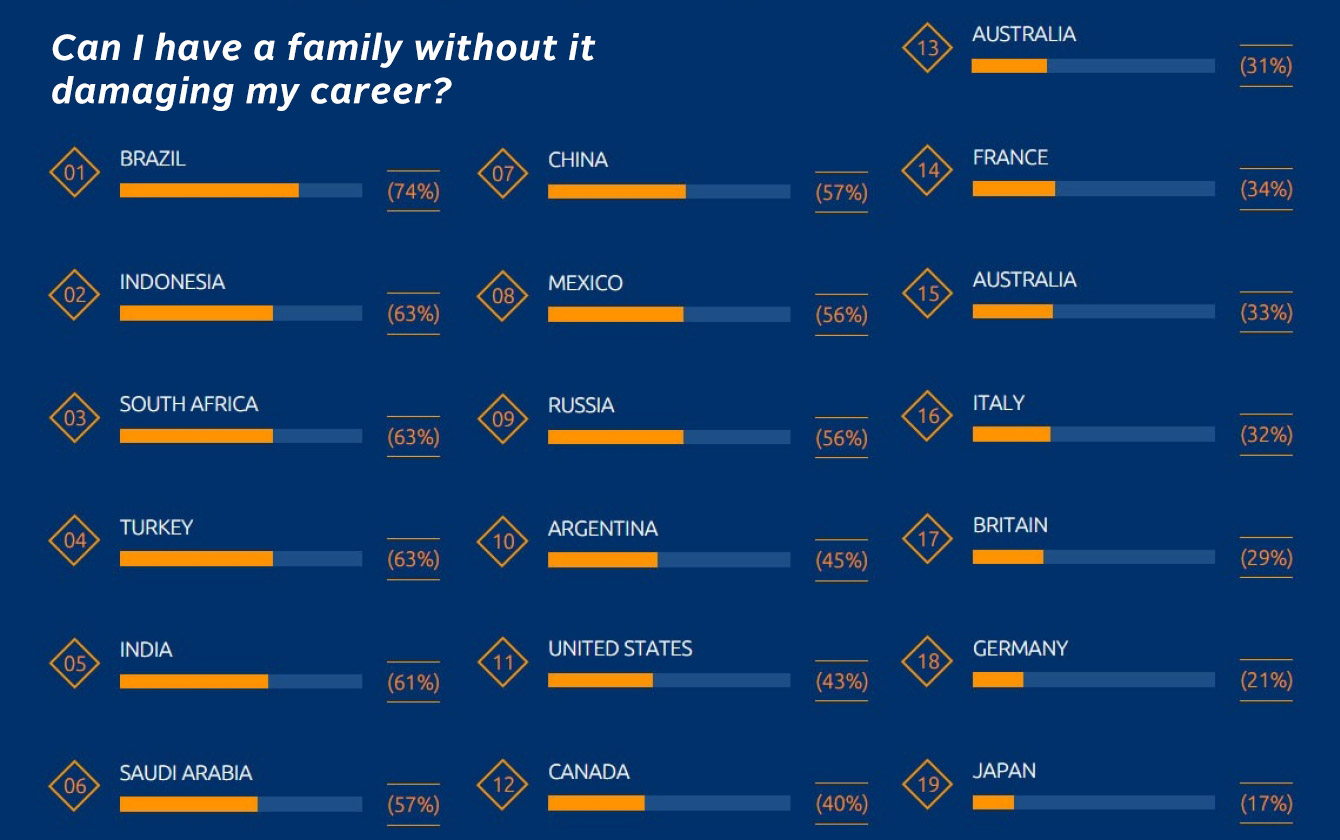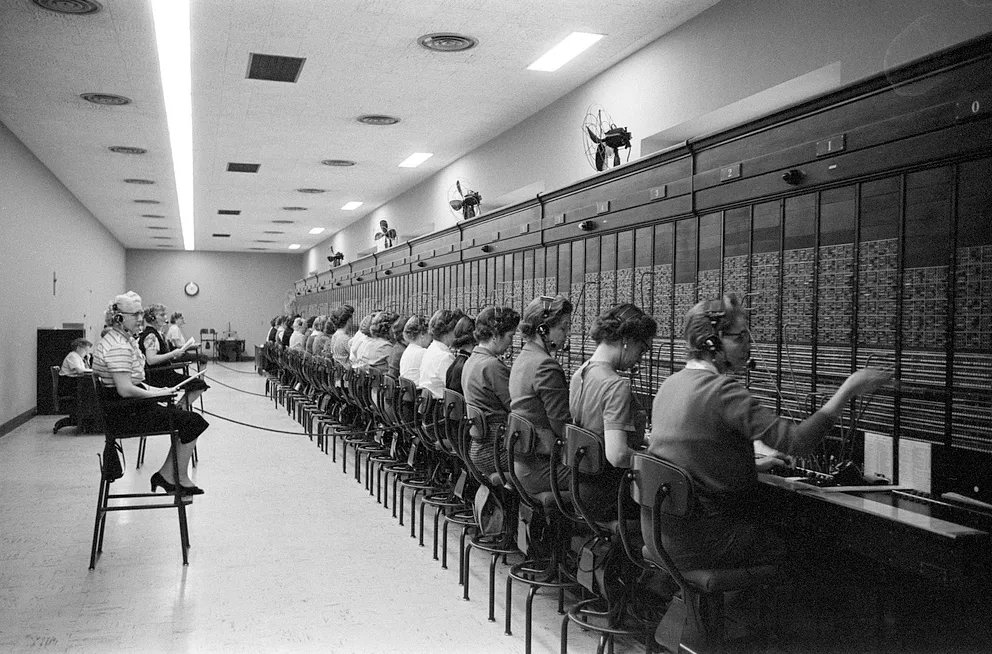IN OUR CULTURE WE ONLY CONSIDER THOSE WOMEN WHO ARE EARNING FOR THEIR NEEDS OUTSIDE THEIR HOUSE AS WORKING WOMEN BUT TODAY YOU WILL COME TO KNOW THAT THE WOMEN WHO STAY AT HOME IS DOING A FULL-TIME JOB WITHOUT ANY VACATION!
COME LET’S READ!
People usually think that a woman who’s leaving her house for her needs or her passion or aim or goal is only a working woman but it’s a big NO woman who stays at home and does house chores which we call a housewife is also a working woman.
They both are doing their job equally and they both are hard working. Cooking cleaning doing dishes laundry and gardening they all include in a full-time job.
Cleaning not only means cleaning it also means putting all the stuff back at their place which you or the children left out.
And cooking three different meals of our choice. Starters dessert and our next day’s lunch
she doesn’t have a Sunday or Saturday in her week no annual or sick leave no maternity or casual leaves.
She doesn’t get appreciation on her projects no appraisal no bonus and sometimes not even a compliment but still, she serves everyone without a complaint not because she doesn’t want any compliment or appreciation or a vacation but because she thinks it’s her duty it’s her responsibility it’s her job to serve everybody to take care of every body’s stuff. But it’s not.
She doesn’t think it’s her right to be appreciated. It takes nothing but few seconds to say YOU LOOK BEAUTIFUL TODAY! , HOW DO YOU MANAGE TO BE SO PERFECT. YOU ARE AMAZING HOW YOU MANAGE EVERYTHING SO EASILY.
If you need appraisals and bonuses and promotion so she also needs all these kinds of stuff. Give her time to adjust, she left her home where she was born where she grow up where she comes to know what life is. She doesn’t know anything about your mood about your likes and dislikes she is trying to figure out everything you also should do these things.
The women coming from work take care of her. She is helping you financially she is taking care of your and your children’s need. She is managing her job and her career.
Every woman wants someone who understands her. She sometimes cries because she misses her parents and siblings no matter she met them an hour before. Can you live without your family? She is so trying to understand her and be her shoulder to cry on be the man/woman she comes to when she feels low she needs support. She is also someone’s daughter and someone’s sister.
I read somewhere
یہ جو شہزادی لینے آتے ہیں نا
کیسے سمجھیں بادشاہ کا دُکھ
#copied
And if you read this sentence by heart this sentence will cringe your heart


